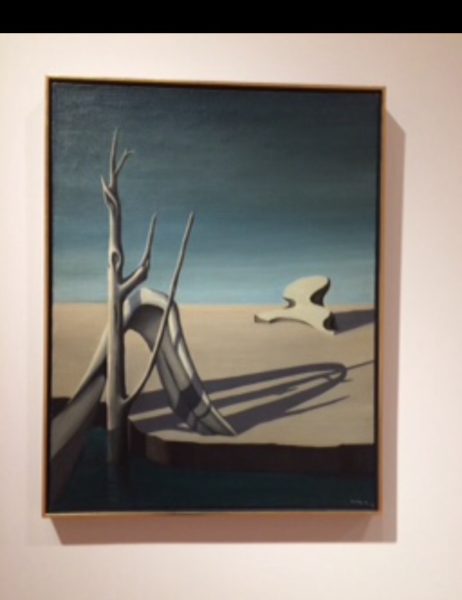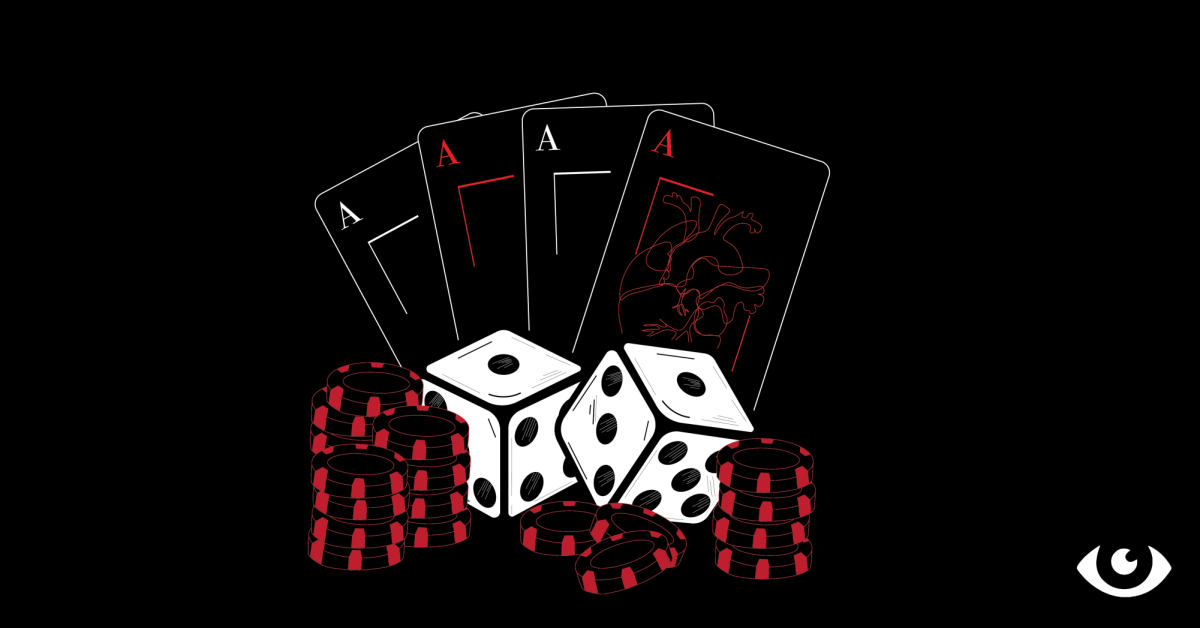The Speed Art Museum currently has an exhibition on 20th century art history and development, comprised of over 70 pieces dating from 1905 to 1960 on loan from the Eskenazi Museum of Art at Indiana University while it undergoes renovations.
The presentation opened to the public on June 16, and the last day will be Jan. 13. The exhibition focuses on the different global periods of strife and advancements, both cultural and industrial.
This includes points such as the Russian Revolution of 1917 and the Spanish Civil War which lasted from 1936 to 1939, as well as World War I and World War II.
The effect that these eras of conflict had on the art styles of the time shows in the hauntingly dissociative oil paintings and abandoned sculptures, as well as the geometric shapes of the abstracts. Periods of turmoil are expressed through the lens of a changing, ever-shifting worldview forced to confront the deepest depths of humanity’s horrors.
The exhibit is focused on art from Zurich, New York, Barcelona, Berlin, Paris, Austria and Mexico. Cubism, expressionism, dadaism, surrealism, abstraction, depictions of urban life and the portrayal of the human figure are all represented.
Subverting previous trends or artistic expectations often became the norm in the 20th century, however this meant using traditional methods (such as oil paint on canvas) in new, innovative ways just as much as finding new forms of art.
Dadaism, which often uses “irreverent humor and wordplay to examine relationships between art and language and voice opposition to outdated and destructive social customs” according to Stephanie Chadwick on Khan Academy, produced, as The Editors of Encyclopaedia Britannica said, “works of anti-art that deliberately defied reason.” Surrealism grew out of the Dada movement, “but Surrealism’s emphasis was not on negation but on positive expression.”
Both the Dada movement and surrealism especially relied on subverting cultural norms and the viewers’ expectations, and surrealism took it a step further with the introduction of the creations of the subconscious mind imposed on a work of art.
The piece pictured below is an oil and canvas painting from 1940, done in the surrealist style, titled “Lost Record.” It was painted by the American artist Kay Sage. What thoughts and feelings does this piece evoke in you?

“Speed Art Museum” by Sailko on Creative Commons Images is licensed under CC BY 3.0 Unported. No changes were made to the original image. Use of this image does not indicate photographer endorsement of this article. For the image, click here.







